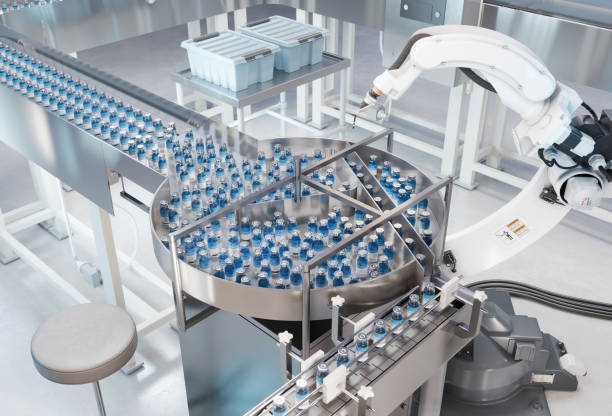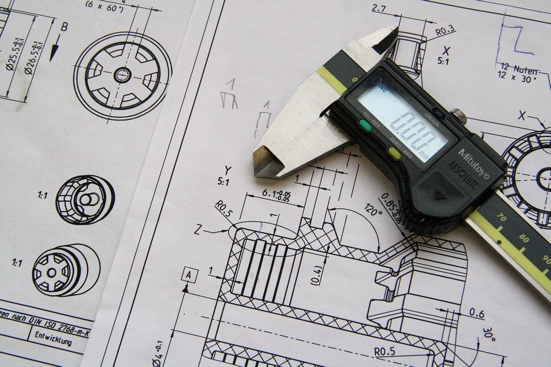Pharmaceutical Manufacturing
Manufacturing Productivity
We support organization in implanting Productivity management to achieve following goals –
- Quality improvement: Maintains high product quality while improving efficiency.
- Cost efficiency: Optimizes resource utilization, reducing production costs. Directly impacts bottom line through improved margins.
- Time-to-market: Accelerates drug development and production cycles.
- Resource optimization: Maximizes output from available resources & frees up resources.
- Sustainability: Reduces waste and improves environmental performance.
- Competitive advantage: Improves market position through efficient operations.
- Stakeholder satisfaction: Meets demands of shareholders, patients, and healthcare providers.

New Technology Implementation
Implementing new technologies in the pharmaceutical industry involves several key elements to ensure success, regulatory compliance, and optimal integration. Here’s a concise overview of these elements where we support organisations for seamless implementation of new technologies –
- Risk assessment:
- Evaluate potential impacts on product quality, safety, and efficacy
- Regulatory compliance:
- Ensure alignment with current regulations (FDA, EMA, etc.)
- Plan for necessary regulatory submissions and approvals
- Validation:
- Develop and execute comprehensive validation protocols
- Ensure the technology consistently performs as intended
- Change management:
- Create a structured plan for implementing the change
- Manage the impact on existing processes and systems
- Training:
- Develop training programs for staff on new technologies
- Ensure ongoing competency assessment
6. Integration:
- Plan for seamless integration with existing systems and processes
- Consider interoperability with other technologies
- Performance monitoring:
- Implement key performance indicators (KPIs) to measure success
- Plan for continuous improvement based on performance data

Layout Design
The importance of a good layout in pharmaceutical facilities cannot be overstated. We assess the layout taking into consideration the following elements
- Product quality:
- Minimizes risk of cross-contamination
- Ensures proper flow of materials and personnel
- Regulatory compliance:
- Meets cGMP requirements for facility design
- Operational efficiency:
- Optimizes workflow and reduces bottlenecks
- Improves material and personnel movement
- Contamination control:
- Review to ensure minimum risk to the products
- Safety:
- Enhances worker safety through proper spacing and emergency access
- Reduces risks associated with material handling
- Flexibility:
- Allows for future expansion or reconfiguration
- Accommodates introduction of new technologies or processes
- Equipment accessibility:
- Ensures ease of equipment maintenance and calibration
- Provides adequate space for equipment operation
- Personnel/ material & waste flow:
- Minimizes unnecessary movement of staff.
- Ensure appropriate material movement to avoid mixups & contamination.
- Ensure waste movement to avoid contamination.
